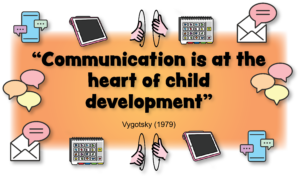The Power of Gesture in Mathematical Learning: A Comprehensive Research Overview
Mathematics education has long been a subject of intense study and debate. In recent years, researchers have increasingly focused on the role of gesture in mathematical thinking and learning. This article provides a comprehensive overview of key research findings in this area, highlighting how gestures contribute to mathematical understanding and the potential implications for educational practices, including the use of key word sign in math instruction.
-
Key Research Findings
- 1. Goldin-Meadow’s Foundational Work
- 2. Alibali and Nathan’s Research on Gesture in Mathematics Instruction
- 3. Edwards’ Work on Gesture and Embodied Cognition in Mathematics
- 4. Novack and Goldin-Meadow’s Research on Gesture in Mathematical Generalisation
- 5. Cook, Mitchell, and Goldin-Meadow’s Work on Gesture and Working Memory
- 6. Segal, Tversky, and Black’s Research on Gesture in Spatial Problem-Solving
- 7. Congdon et al.’s Work on Gesture in Teaching Mathematical Equivalence
- Implications for Key Word Sign in Mathematics Education
- Helping Teachers Explain Complex Concepts Simply
- Practical Applications
- Conclusion
Key Research Findings

1. Goldin-Meadow’s Foundational Work
Susan Goldin-Meadow’s research has been pivotal in understanding the relationship between gesture and mathematical thinking:
• Gestures can reveal understanding that children cannot yet verbalise;
• Encouraging specific gestures can improve problem-solving abilities;
• Mismatches between speech and gesture often indicate readiness to learn;
• Teacher’s use of gesture enhances student learning.
2. Alibali and Nathan’s Research on Gesture in Mathematics Instruction
Martha W. Alibali and Mitchell J. Nathan have conducted extensive research on how teachers use gesture in mathematics classrooms:
• Teachers frequently use gestures to ground abstract mathematical ideas in concrete, physical terms;
• Gesture helps create shared understanding between teachers and students;
• Different types of gestures (pointing, representational, writing) serve different instructional purposes.


3. Edwards’ Work on Gesture and Embodied Cognition in Mathematics
Laurie D. Edwards has explored how gestures reflect and support embodied mathematical thinking:
• Gestures often simulate actions on mathematical objects, helping to internalise concepts;
• The use of gesture can help students transition from concrete to abstract thinking in mathematics.
4. Novack and Goldin-Meadow’s Research on Gesture in Mathematical Generalisation
Miriam A. Novack and Susan Goldin-Meadow studied how different types of movement affect children’s ability to generalise mathematical concepts:
• Abstract gestures led to better generalisation of mathematical concepts compared to concrete actions or no movement.
• This suggests that gesture might serve as a bridge between concrete and abstract thinking in mathematics.


5. Cook, Mitchell, and Goldin-Meadow’s Work on Gesture and Working Memory
Susan Wagner Cook, Zachary Mitchell, and Susan Goldin-Meadow investigated how gesture affects cognitive load during problem-solving:
• Students who gestured while explaining math problems showed better retention of the information;
• Gesture appears to reduce cognitive load, freeing up mental resources for learning and problem-solving.
6. Segal, Tversky, and Black’s Research on Gesture in Spatial Problem-Solving
Ayelet Segal, Barbara Tversky, and John Black studied how gesture supports spatial thinking in mathematics:
• Gestures help externalise mental simulations of spatial transformations.
• Encouraging students to gesture can improve performance on spatial reasoning tasks.

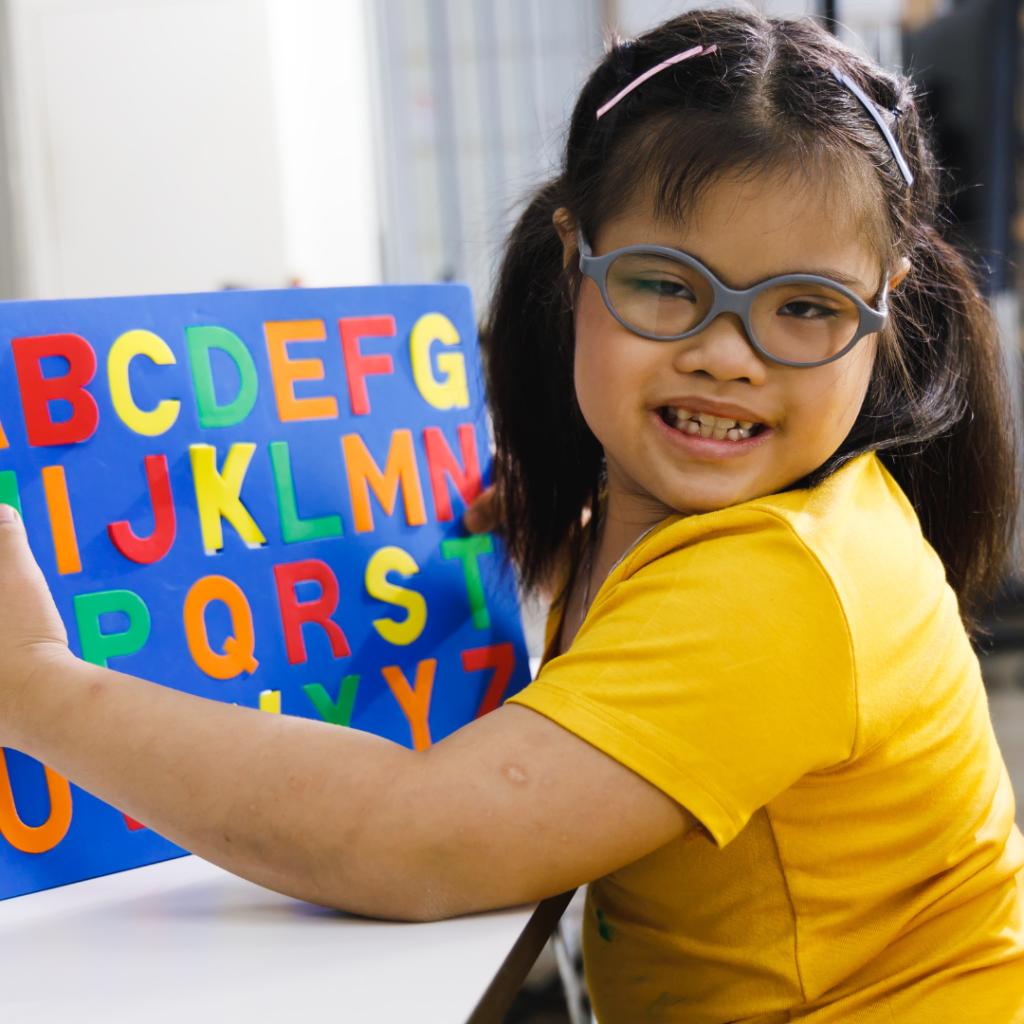
7. Congdon et al.’s Work on Gesture in Teaching Mathematical Equivalence
Eliza L. Congdon and colleagues examined how teaching with gesture affects children’s understanding of mathematical equivalence:
• Children who were taught mathematical equivalence with speech and gesture showed better understanding than those taught with speech alone;
• The benefits of gesture in instruction persisted even when children were tested days later.
Implications for Key Word Sign in Mathematics Education
Research shows that using key word signs in early maths education can make a real difference for young children. Here’s how incorporating signs can help your preschoolers thrive:
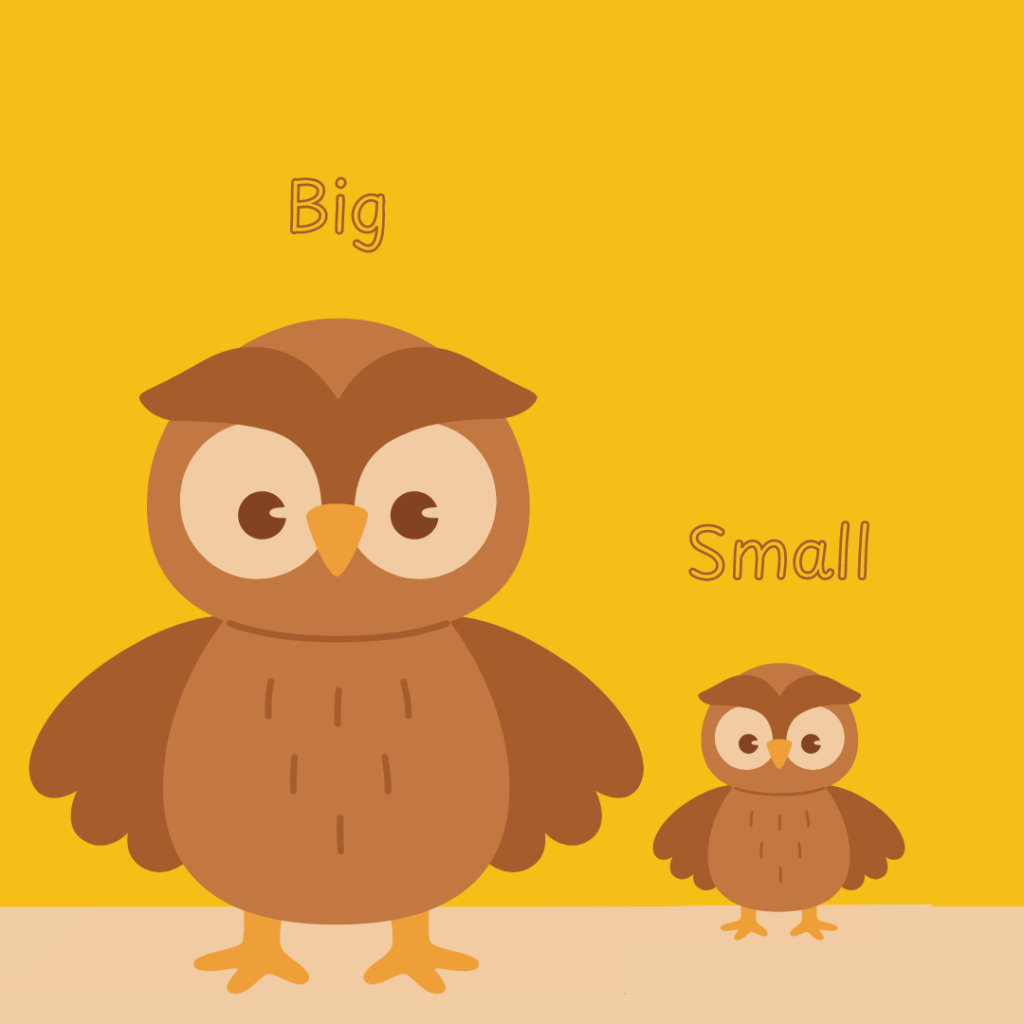
Connecting Actions to Ideas
Young children often learn best when they can connect physical actions to what they’re learning. Key word signs allow children to link actions they do with their hands to early maths ideas, such as comparing sizes or identifying patterns. For example, when teaching concepts like “big” or “small,” you can use signs to visually demonstrate the differences. This connection between action and thought helps children understand abstract ideas by making them more concrete and hands-on.
Making Learning Easier
Maths can sometimes feel overwhelming for little ones, especially when it’s presented in a way that’s too abstract. By introducing key word signs into your lessons, you provide children with a clear and visual way to grasp these concepts. For instance, if you’re talking about counting, pairing the spoken number with the sign for that number reinforces the idea, giving children another way to process the information. This multi-sensory approach makes it easier for children to engage in learning and reduces frustration. Please note: In Children’s Key Word Sign natural gestures are prioritised over signs therefore when counting we would use the natural gesture of counting on your fingers over the Auslan signs.

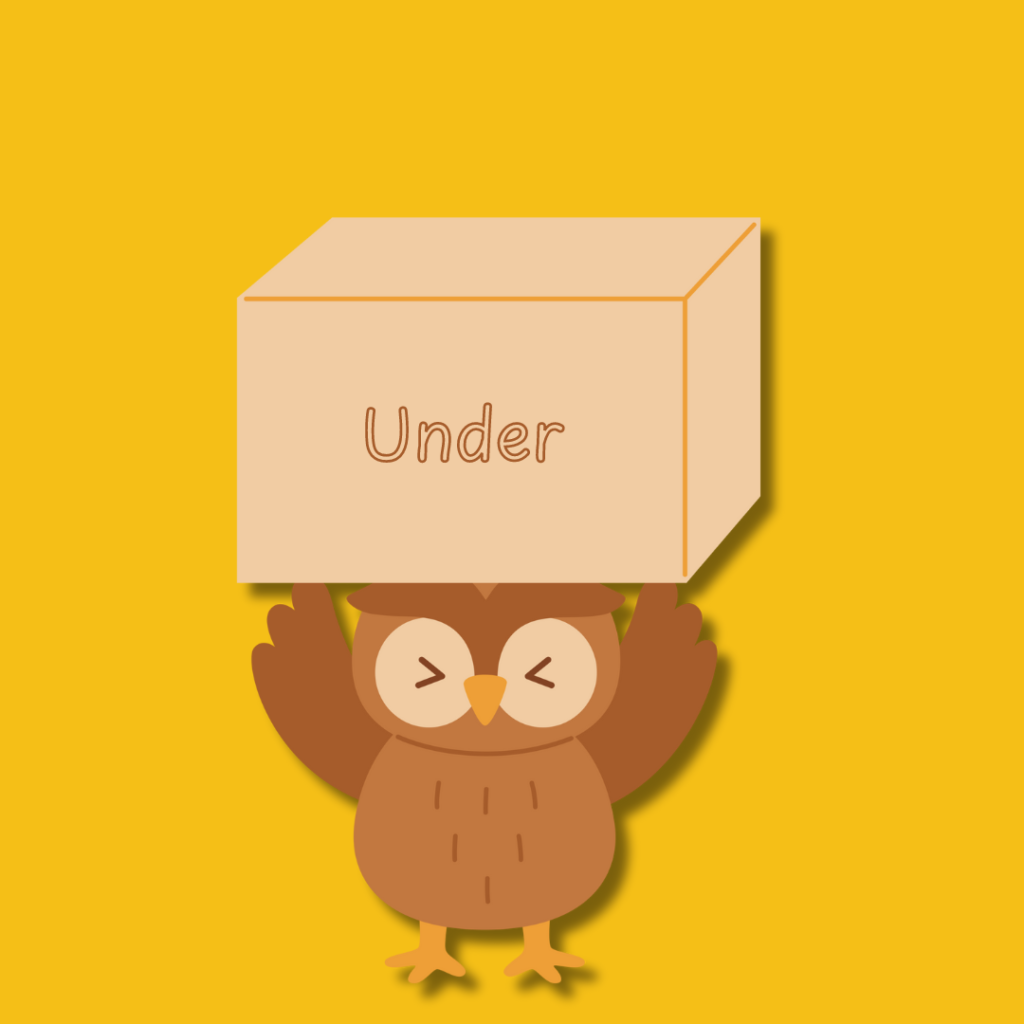
Improving Spatial Understanding
Many early maths skills are about understanding how things fit together and relate to one another in space. Key word signs can support this by providing visual and physical cues for words like “in,” “on,” “under,” or “next to.” As children practice these signs, they also practice thinking about how objects are positioned. This hands-on learning strengthens their spatial awareness, which is an essential foundation for future maths learning, including geometry and problem-solving.
Boosting Memory and Retention
Children are still developing their working memory, which is their ability to hold and work with information in their minds. Using key word signs while they’re learning helps children store information more effectively. For example, when children use signs while counting blocks or comparing groups of objects, they’re more likely to remember the steps involved because they’re engaging their bodies as well as their minds. The movement that comes with signing helps reinforce memory, making it easier for them to recall the information later.
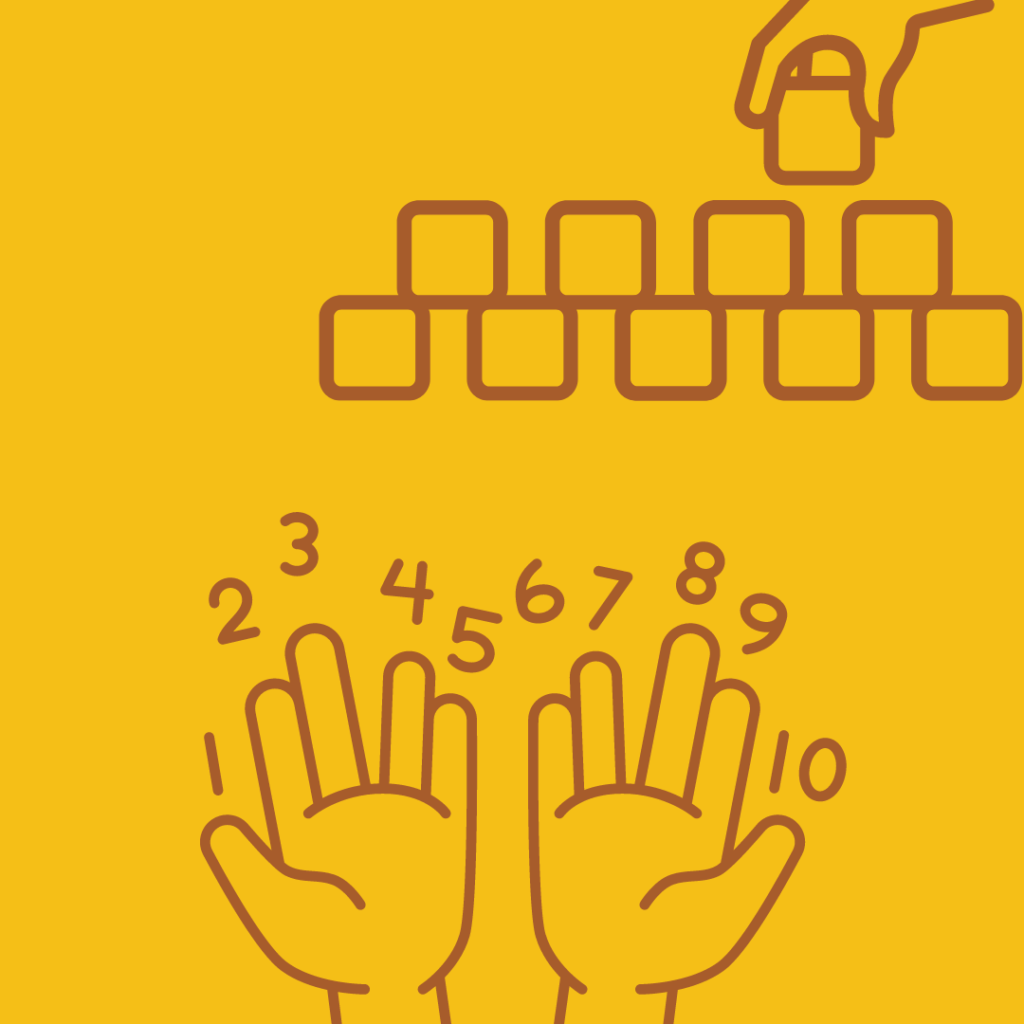
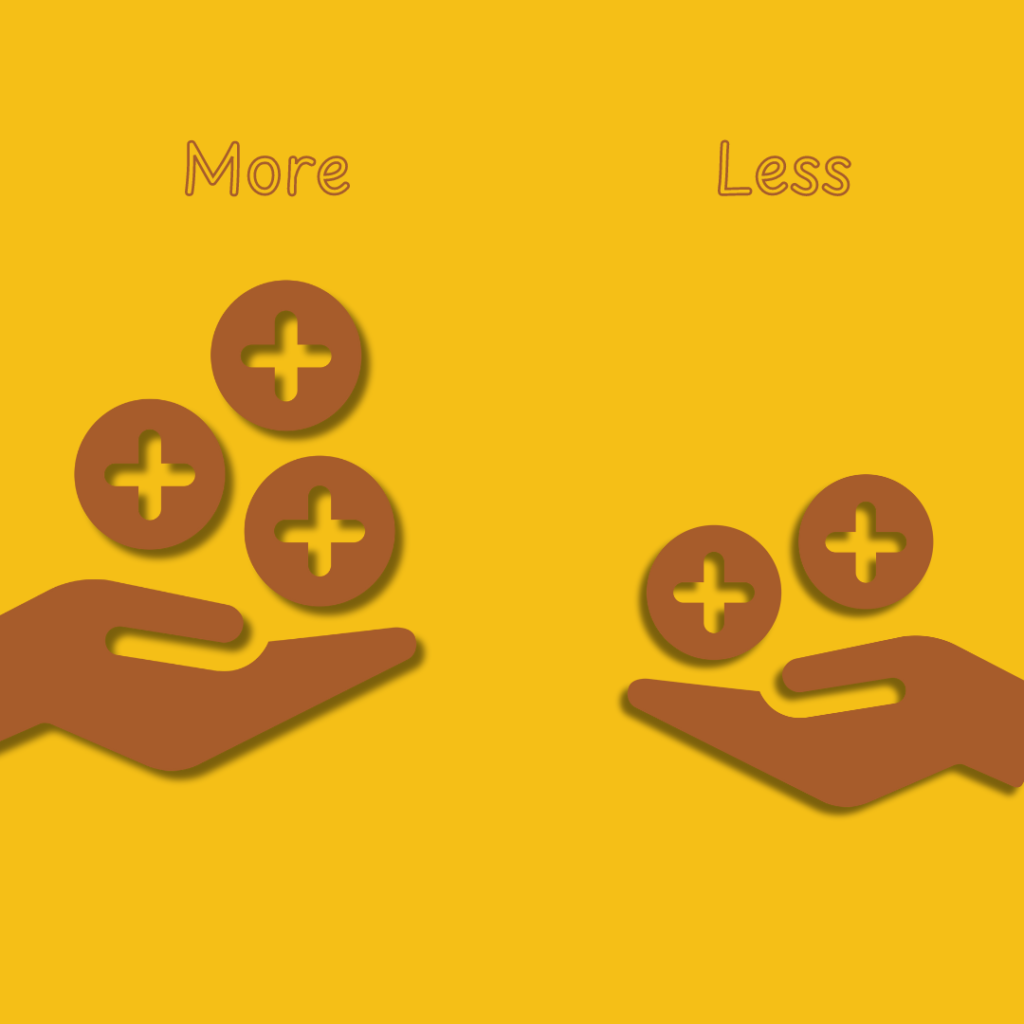
Helping Teachers Explain Complex Concepts Simply
Sometimes, even the simplest maths concepts may be tricky for young children to understand. Key word signs allow you to break down ideas into bite-sized pieces by pairing them with movements that make sense to the child. For example, when introducing words like “more” or “less,” signing alongside your verbal explanation makes these ideas more accessible. This visual support helps children follow along and gain a better grasp of the lesson, which boosts their confidence in learning maths.
Seeing How Children Think
When children use key word signs, they reveal a lot about their understanding of maths concepts. By observing the signs they choose and how they use them, you can get a clearer sense of what they’ve understood and where they might need more support. This insight can help you tailor your teaching to meet each child’s needs, whether it’s slowing down to review a tricky idea or offering extra practice on a particular concept.
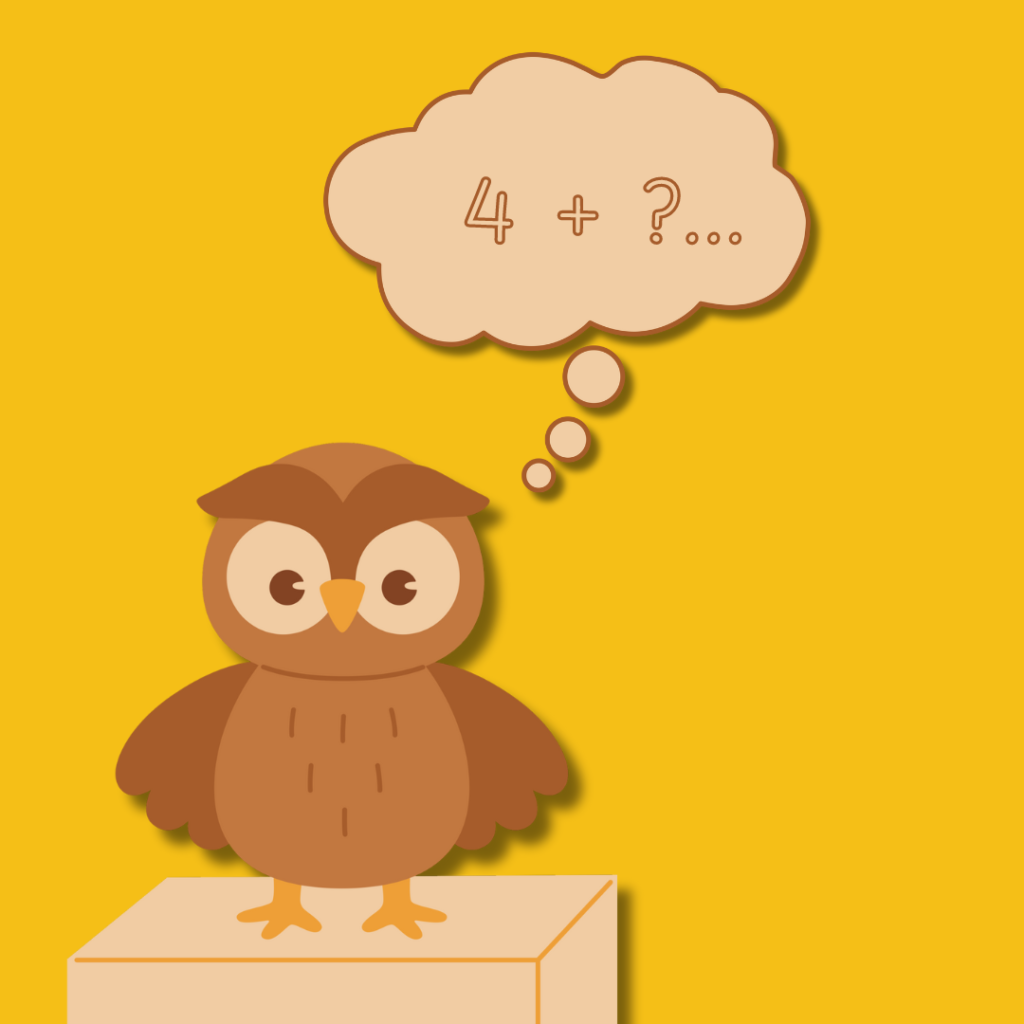
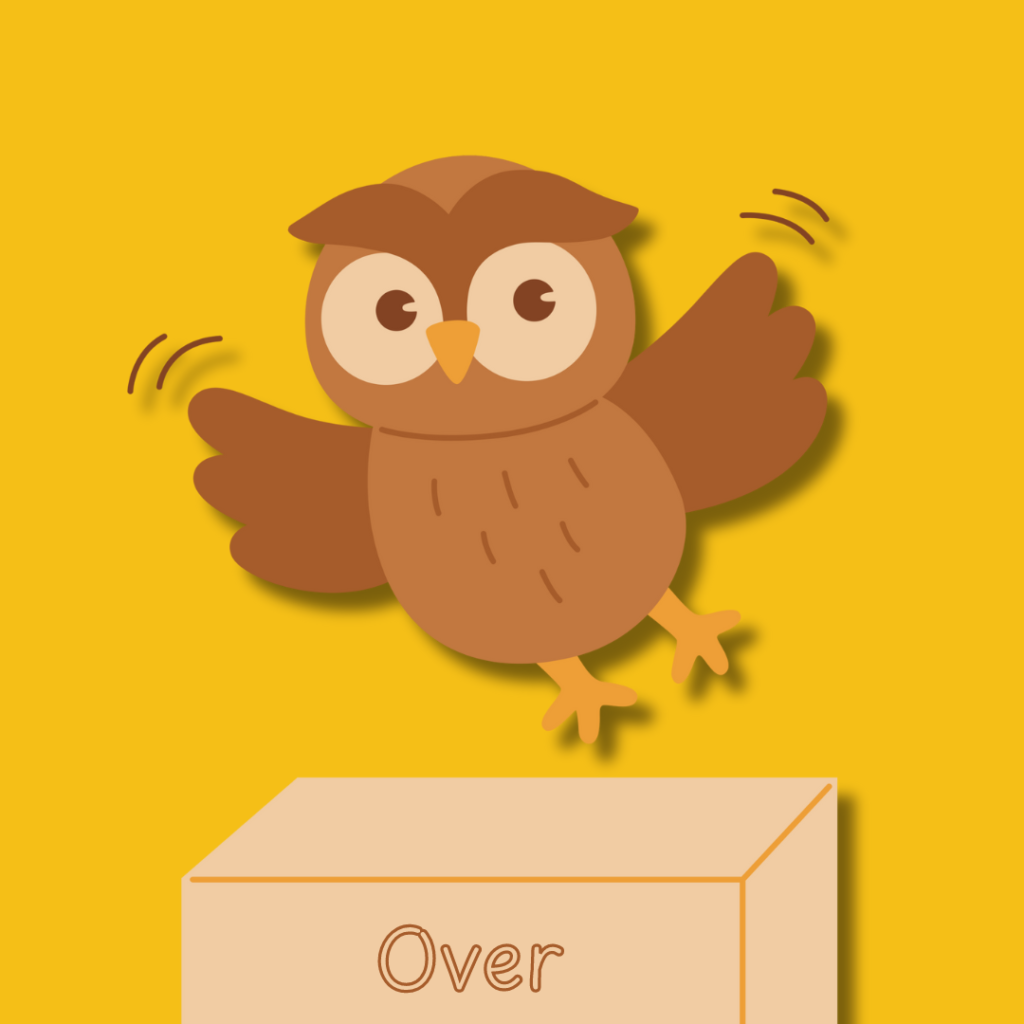
Encouraging Flexible Thinking and Application
Maths is about more than just numbers; it’s about recognising patterns, making comparisons, and applying ideas across different situations. Key word signs can help children transfer what they’ve learned to new contexts. For instance, once they’ve learned the sign for “over” during a block-building activity, they can later use that same sign when describing a picture or even when following directions in a game. This flexibility helps children see the connections between different activities and reinforces their understanding of key concepts.
Supporting All Learners in the Classroom
Key word signs are an inclusive tool that works well for all children, especially those who may face challenges with communication, attention, or learning. The combination of seeing the sign, hearing the word, and physically making the movement helps engage different types of learners—whether they’re visual, auditory, or kinaesthetic. This multi-sensory approach can be particularly helpful for children with language delays, autism, or developmental differences. Using key word signs in your teaching makes sure that every child, no matter their learning style, has a way to connect with the material and feel successful in their learning.
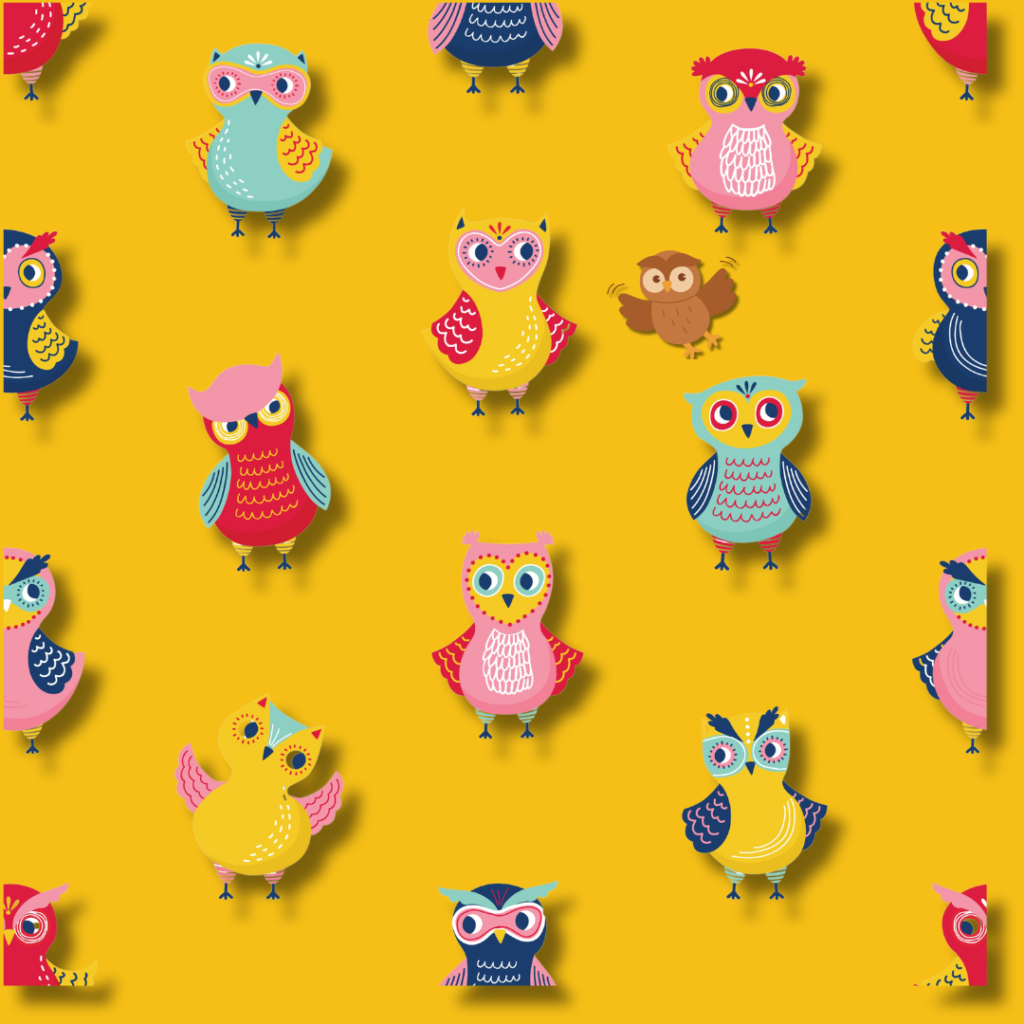
By integrating key word signs into your maths play, you’re giving young children a powerful tool to enhance their learning. Not only are you helping them understand maths concepts more deeply, but you’re also fostering their confidence and making sure every child can access and enjoy the learning process.
Practical Applications
Here are some simple and playful ways to introduce key word signs into early maths activities with preschoolers:
- Create a Set of Simple Signs for Basic Maths Ideas:
Start by teaching children easy signs for numbers, shapes, and basic ideas like “add” and “take away.” Keep the signs consistent so the children can use them every day, helping them feel more confident when they talk about maths. - Use Signs to Explore Position and Space in Fun Ways:
Incorporate signs to help children understand where things are in relation to each other. Use signs like “under,” “over,” “next to,” and “between” when you’re playing with blocks or during storytime. These visual cues will help them think about position and space in a hands-on way. Check out our resources designed for early maths learning, including:
• Early Maths Flashcards;
• Early Maths Poster;
• Early Maths Sing and Sign Book;
• Early Maths Story Book. - Include Signs for Solving Problems Together:
Introduce fun signs that represent steps in solving problems, like “think,” “try,” and “check.” These signs will guide children as they work through simple tasks, making problem-solving feel more like a playful adventure. - Encourage Children to Use Signs When Explaining Ideas:
Invite children to use key word signs while they explain how they built their tower or counted their toys. This gives them another way to share their thinking with you and their friends, and it boosts their confidence in communicating their ideas. - Use Signs to Show How Numbers and Shapes Fit Together:
Key word signs can be a playful way to show how different parts of a problem connect. For example, when adding or sorting objects, use signs to show how the pieces come together. This will help the children see patterns and relationships in a fun, visual way. - Connect Everyday Actions to Maths Ideas with Signs:
Help children make connections between what they do in everyday life and maths by using key word signs. For example, use the sign for “big” when comparing the size of blocks or toys, or the sign for “same” when matching shapes. These signs help bridge what they already know with early maths concepts, making the learning feel natural and fun.
Conclusion
The wealth of research on gesture in mathematical thinking and learning provides strong support for the potential benefits of incorporating key word sign into mathematics education. By leveraging the natural connection between physical movement and abstract thinking, key word sign could offer a powerful tool for enhancing mathematical understanding, problem-solving, and communication.
As with any educational approach, the effectiveness of using key word sign in mathematics will depend on thoughtful implementation and ongoing assessment. However, the convergence of findings from multiple researchers suggests that this approach holds significant promise for making mathematics more accessible, engaging, and comprehensible for a wide range of learners.
By embracing the embodied nature of mathematical thinking and providing additional modes of representation and expression, key word sign in mathematics education aligns well with current understanding of how people learn and think about mathematical concepts. As such, it represents an exciting frontier in mathematics education, worthy of further exploration and implementation.
See our training page or shop to check out our mathematic key word sign resources.

